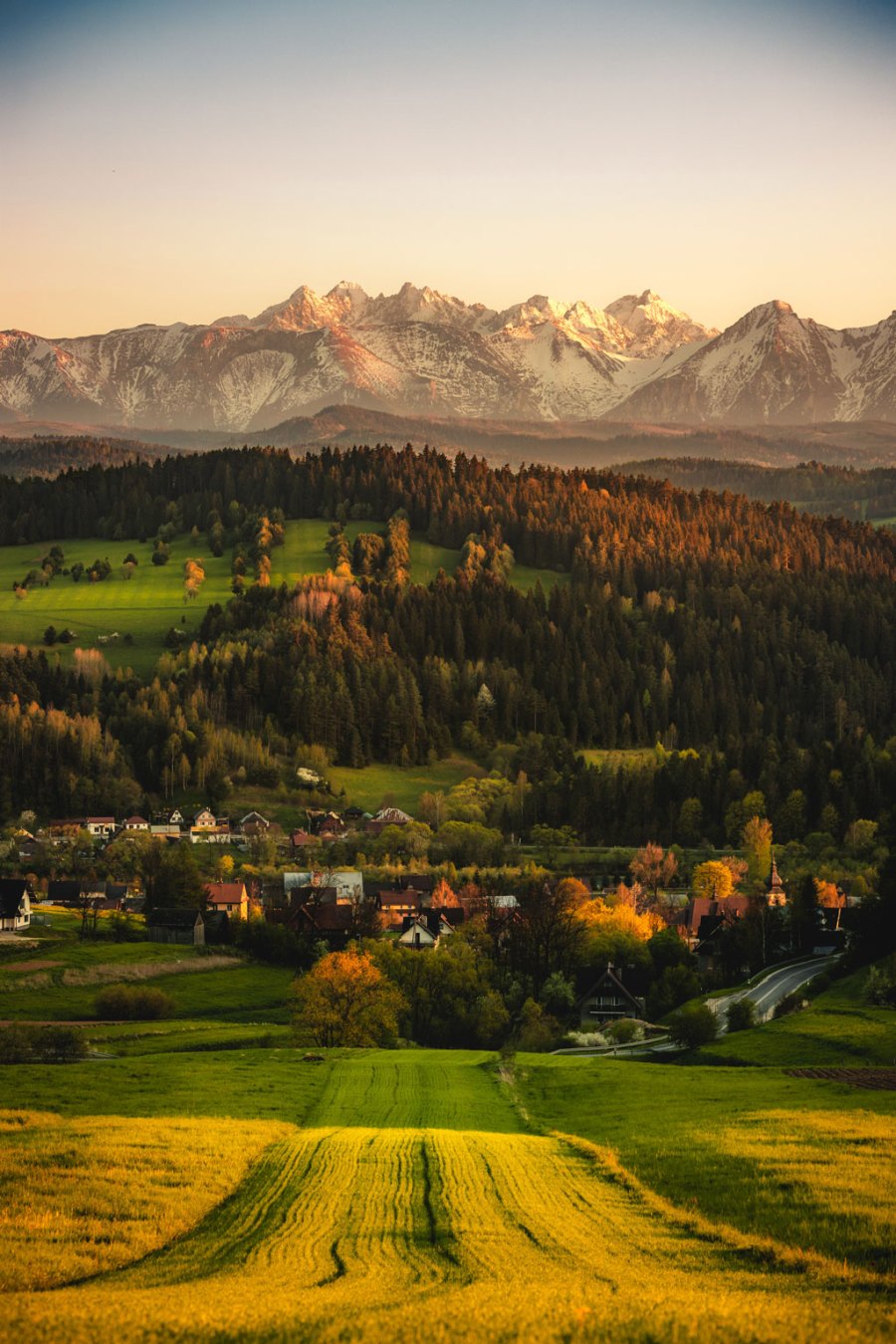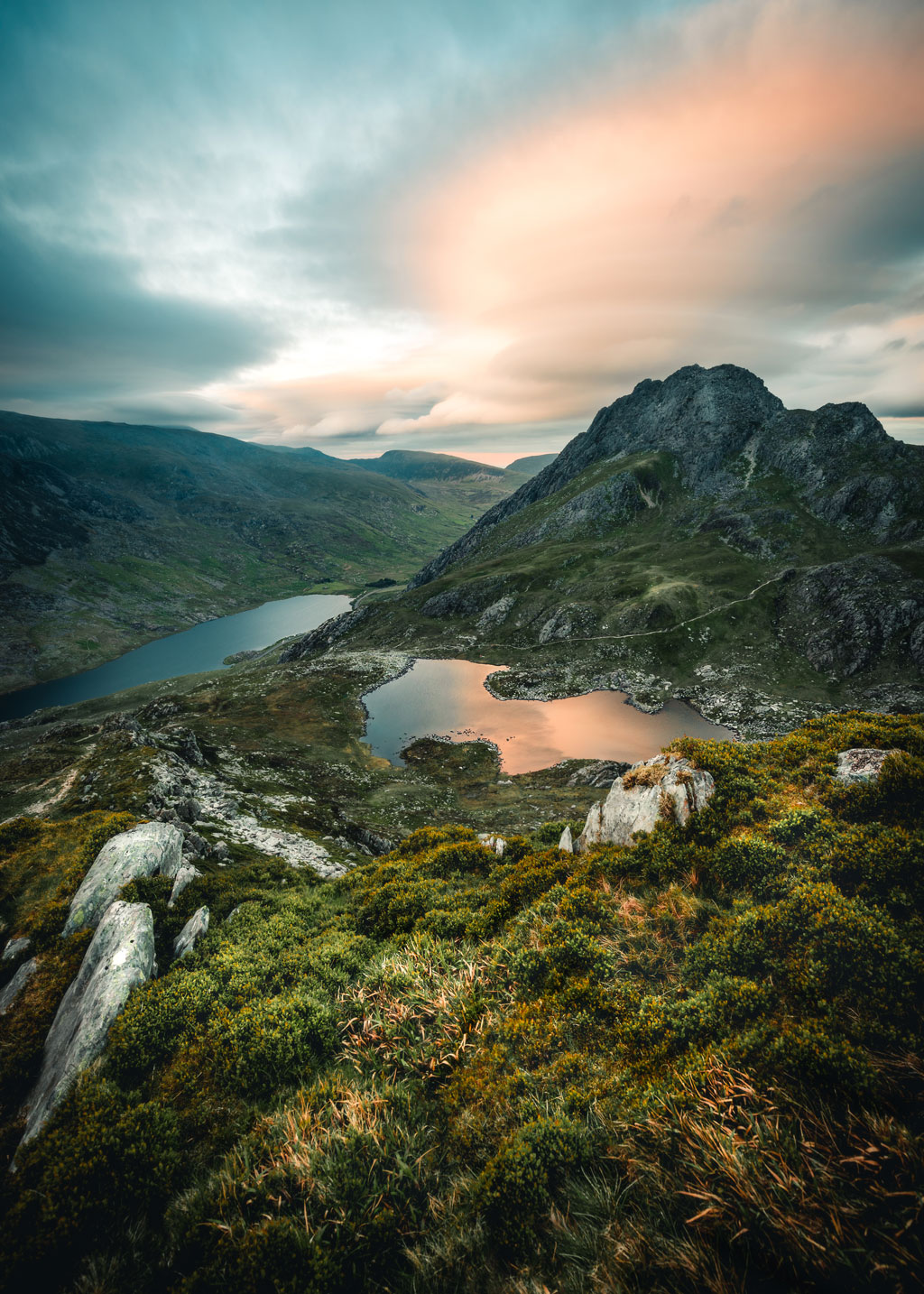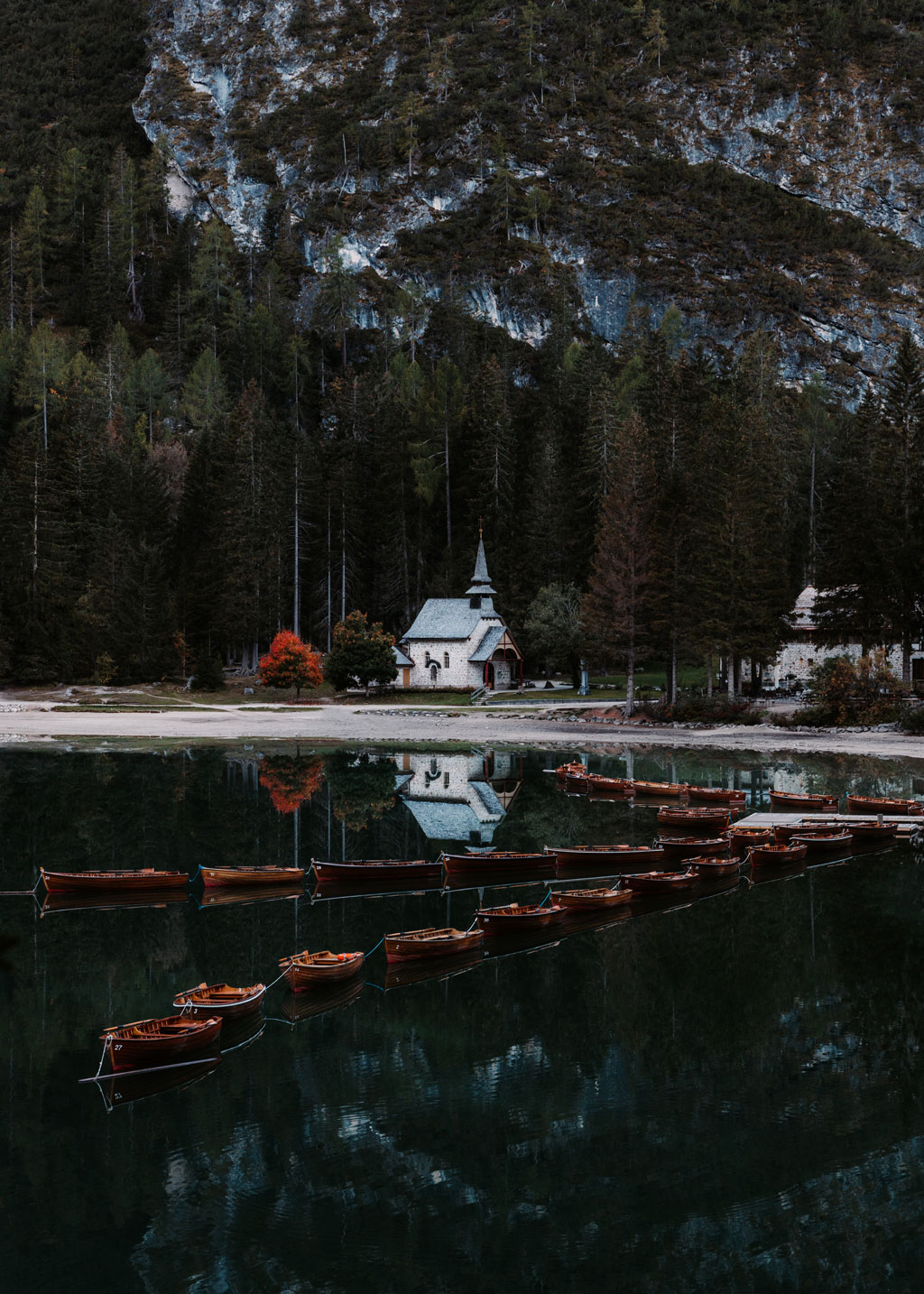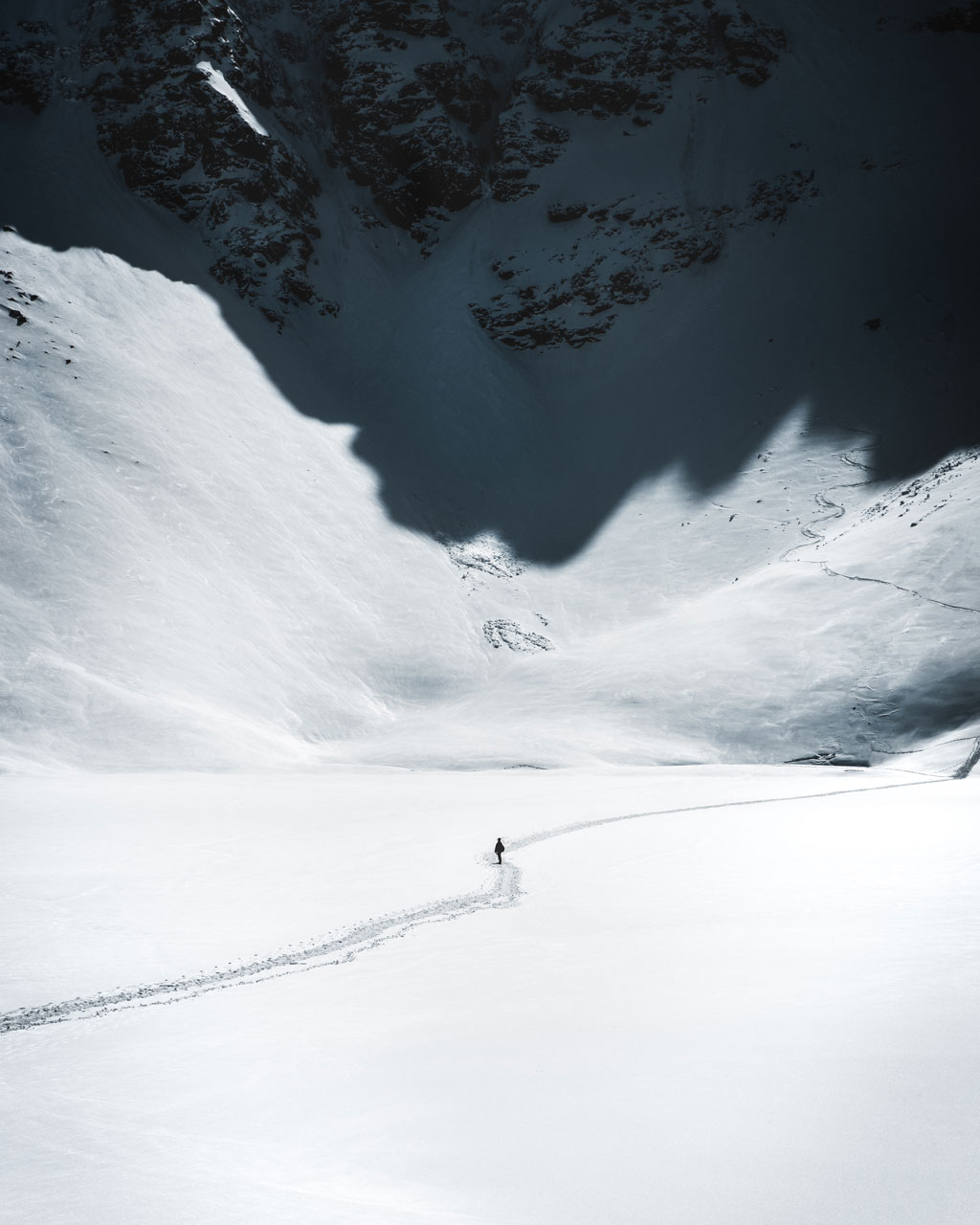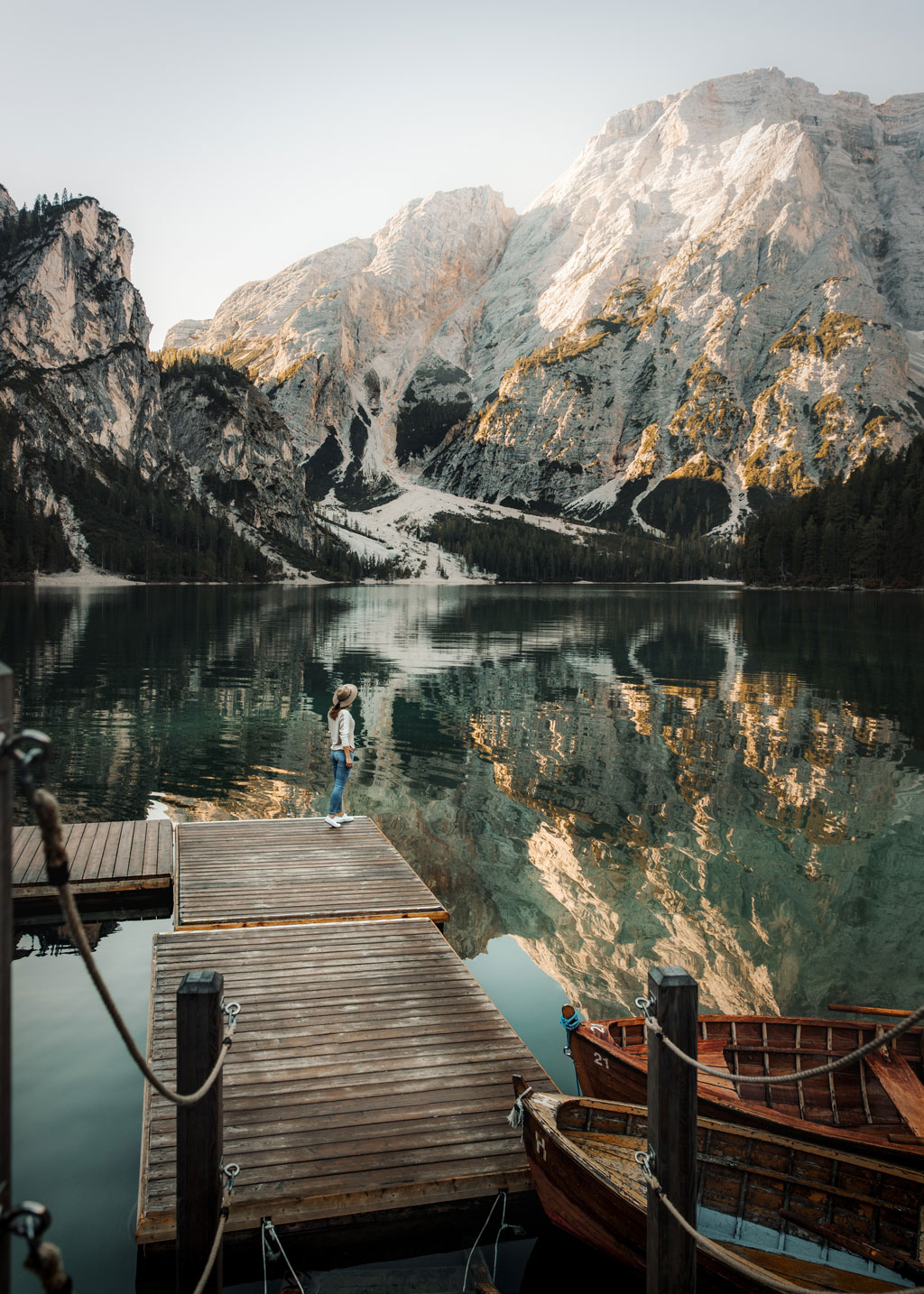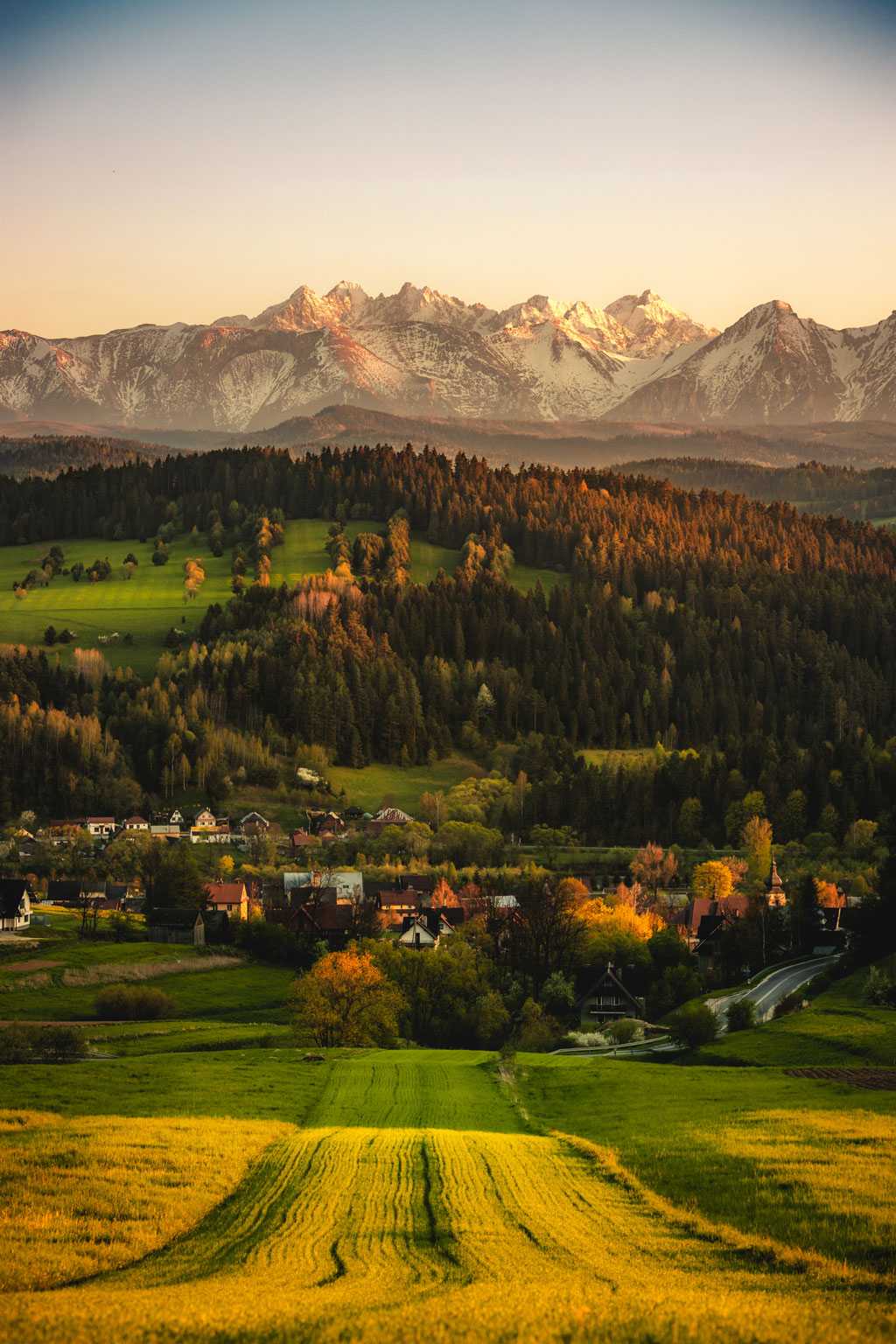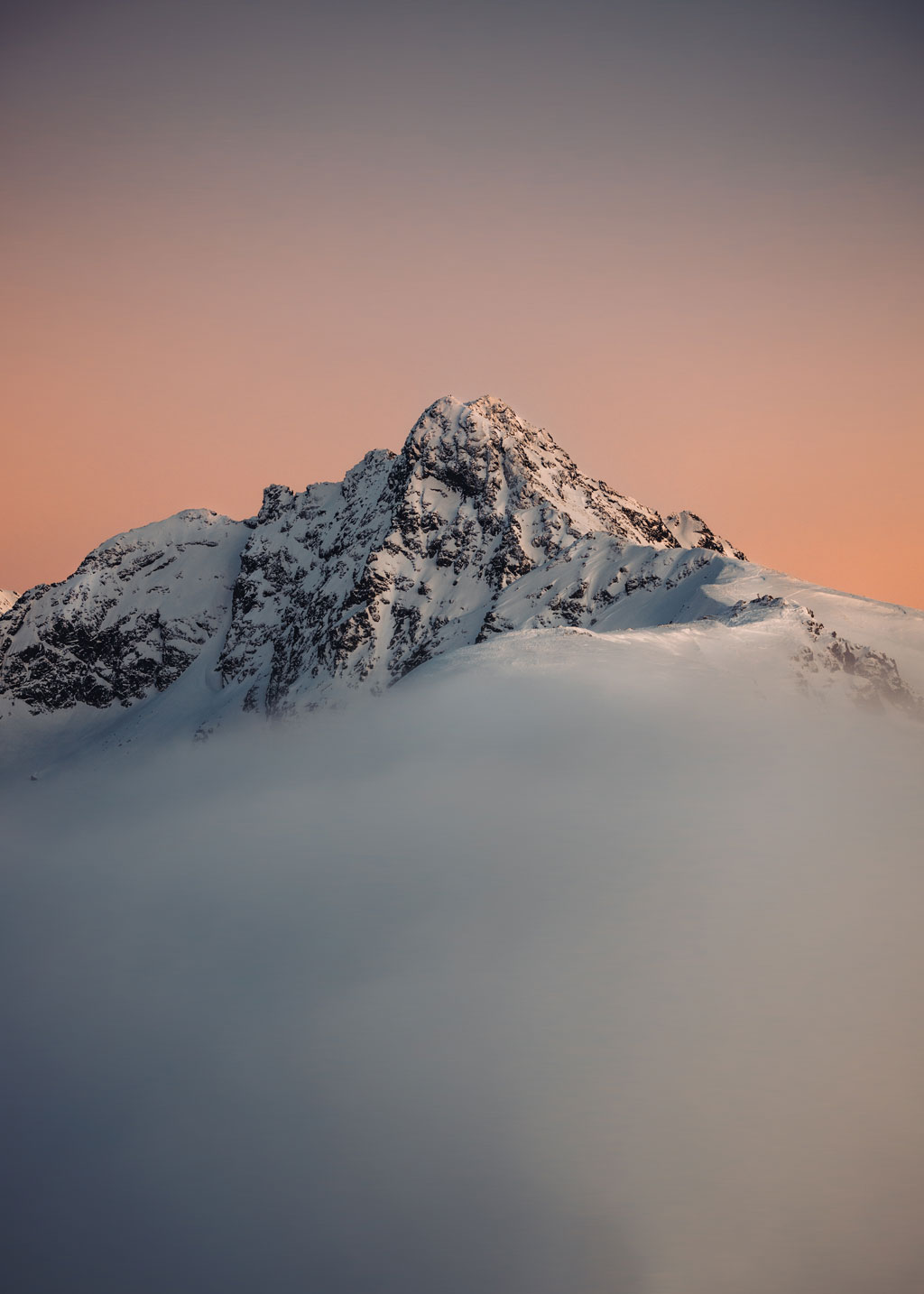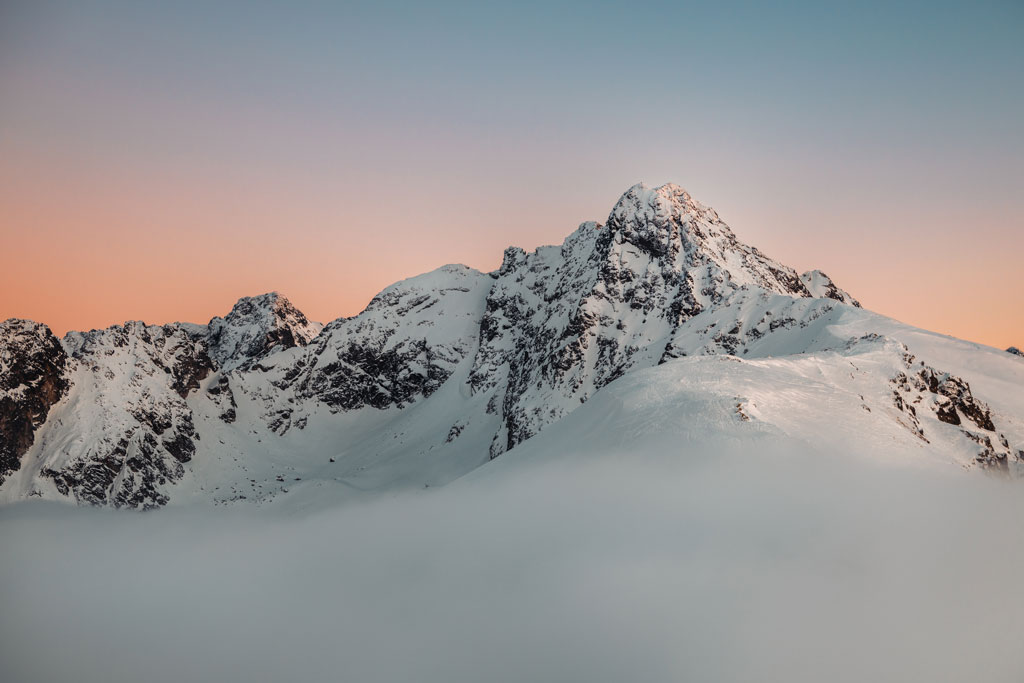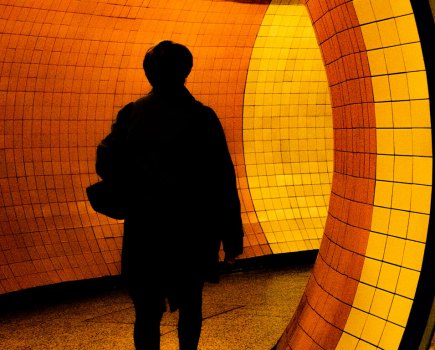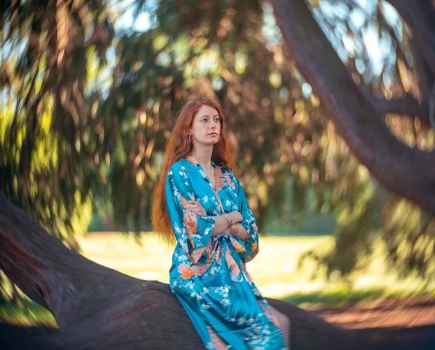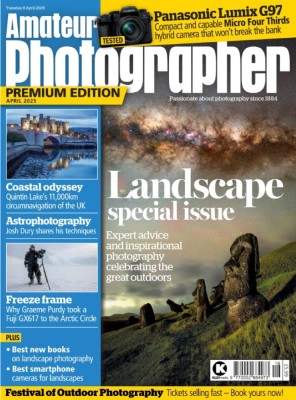Take a fresh approach with landscape photography and see where your vision can take you. Paulina Stopka shares her journey on how a different perspective challenged her to view the world in a unique way and create vertical landscapes to be proud of.
Growing up in the southern region of Poland, I was fortunate enough to live near the Tatra Mountains; renowned for their stunning alpine landscapes. Although I always enjoyed spending time in the outdoors, hiking was not my cup of tea until I developed an interest in landscape photography in 2016.
Inspired to capture the breathtaking scenery before, and indeed beyond me, motivated me to explore the trails much further. The thrill of not knowing what lay ahead at the summit kept me going, always wondering about the kind of views and sunsets I might encounter.
As I delved deeper into the world of landscape photography, I began experimenting with different angles and compositions. It wasn’t long before I discovered that shooting in portrait orientation not only offered a fresher perspective compared to traditional landscape photography. Naturally, it also presented a different set of challenges and opportunities that I was eager to tackle.
Why shoot landscapes in vertical mode and how to do it
Can a landscape photo be vertical? When we think about landscape photography, we imagine photos of vast natural vistas captured in broad, horizontal format. However, the realm of landscape photography extends far beyond the boundaries of horizontal frames. By exploring new creative opportunities, you can unlock a whole new world of possibilities.
Next time you’re out in nature, consider experimenting with portrait orientation. By breaking away from traditional landscape photography and exploring new angles, you can discover a fresh and unique perspective that will set your work apart.
Pros and cons of shooting landscape photography in vertical mode
Why take vertical landscapes? One thing I love about shooting in a vertical mode is the ability to isolate the subject and draw focus to it in my composition while minimising distracting elements from the sides of the frame.
However, this approach also presents some challenges. One is the narrower field of view, which restricts capture of the full expanse of the landscape. As a result, you would need to be extra thoughtful when scouting the location and selecting the ideal spot for your photo. It’s essential to be intentional and mindful when working with this format. Get it right, though, and the results can be truly stunning.
Composing vertical landscape photos
Whether you’re shooting in horizontal or portrait orientation, it is crucial to ask yourself some questions before pressing that shutter button.
The first should be of what you are trying to achieve; the aim of the shot. Think about feelings or a story you want to convey and how you can capture them through the composition. Once you have a clear idea of what you’re after, experiment with different angles and heights to capture the best view of the scenery, as this can significantly impact the mood and overall feel of the image.
When it comes to composition, my focus is pretty much always on symmetry and aesthetics. I find that symmetry creates a sense of harmony and balance in my photographs, which is visually pleasing.
One technique that I particularly enjoy is incorporating a person in the far distance, framing them against a vast natural landscape. To achieve this, I often use a long lens such as a 70-200mm to compress the image and create a sense of scale. This imbues the shot with powerful narrative and emotional elements. It shows how small we are in comparison to the grandeur of nature.
As for the foreground, it’s essential to pay attention to different elements and leading lines. Look for rocks, stones, or flowers in the grass this can add interesting depth to your photos and help create more dynamic images, leading the viewer’s eye through different layers in your photograph.
Consider also breaking down your image into foreground, mid-ground, and background. For example, try framing your primary subject in the mid-ground and use the foreground to incorporate elements you see near you; this could again be flowers, rocks, or even tree branches. Finally, use the background to showcase mountains or dramatic skies to create a comprehensive and stunning image that tells a story.
Another great technique, when shooting in portrait orientation is to use a wide-angle lens. For example, let’s say you’re by a lake surrounded by mountains and the sun is just starting to set. Instead of capturing the panoramic view at eye level, why not try something different?
Position your camera just above the lake level and tilt it down to capture the pebbles in the water as your foreground. You can also capture the reflection of the mountains in the lake as your mid-ground, while the sunset and mountains serve as background. This technique can help create a powerful image that immerses the viewer in the experience, making them feel they are right there with you.
Remember, photography is all about capturing moments and telling stories. By experimenting with different compositions and orientations, you can elevate your photography to new heights and create images that truly resonate with your audience. So, go grab your camera, head outside and let your creativity run free!
Why shooting landscape photography in vertical mode works
There is no hard and fast rule on which orientation to use with landscape photography. The optimal approach will vary based on the circumstances, the subject being photographed, your artistic vision and message you wish to convey through the photo.
In this instance, I found that the portrait frame worked much better. By placing only one mountain peak at the centre of my composition, I was able to emphasise its majestic and powerful presence. The sight of the mountain standing alone against the backdrop of the sky evoke a sense of wonder, and appreciation for the raw and untamed beauty of nature and the stunning cloud inversion only adds to its mystique.
My goal was to capture the emotions I felt at that moment and create a personal connection between the viewer and the mountain. Using portrait orientation allowed me to create a more intimate and personal image that conveyed the sense of awe and wonder that I experienced. This could not be achieved using a horizontal orientation.
What equipment is best for shooting vertical landscapes?
What Paulina uses for landscape photos in vertical mode:
Lenses
My go-to lenses for landscapes are EF 16-35 f/4 and RF 70-200 f/2.8. The wide-angle lens is perfect for capturing wider vistas and creating a sense of depth and scale. RF 70-200 f/2.8, on the other hand, is an excellent choice for capturing distant subjects or creating a sense of optical compression.
Gitzo Tripod (GK100T)
While hiking having a tripod that is both sturdy and lightweight is crucial to avoid adding unnecessary weight to my already heavy backpack. I use it to capture landscapes or long exposure shots, as it helps to eliminate camera shake.
ND Filters
I like to have control over the amount of light that enters my camera and ND Filters come in handy when I want to capture moving elements such as clouds and water. I often use 3, 8, or 10-stop depending on the daylight conditions and what I’m trying to achieve.
PeakDesign clip v3
The camera clip has been a game-changer for me. It’s an excellent way to carry my camera when I’m on the move. The clip securely attaches to my backpack strap, giving me quick and easy access to my camera whenever I come across a photo opportunity. I no longer waste time taking off my backpack to access my gear.
For more, check out our picks of the best cameras, lenses, and filters for landscape photography.
About Paulina Stopka

Paulina is a London-based self-taught photographer and graphic designer originally from Kraków, Poland. She began her photography journey in 2016 and specialised in portrait, urban/architecture, and landscape photography. She is particularly drawn to symmetry and aesthetics when composing her photos.
See more of Paulina’s work on her website and Instagram.
Related content:
- Guide to Landscape Photography
- How to transform your landscapes with square format
- Intimate Spring: landscape photography with a difference
- The top 24 best landscape photographs
- Best UK landscape photography locations (part one)
- What to ask yourself before shooting landscapes
- Considerations of kit for landscape photography

